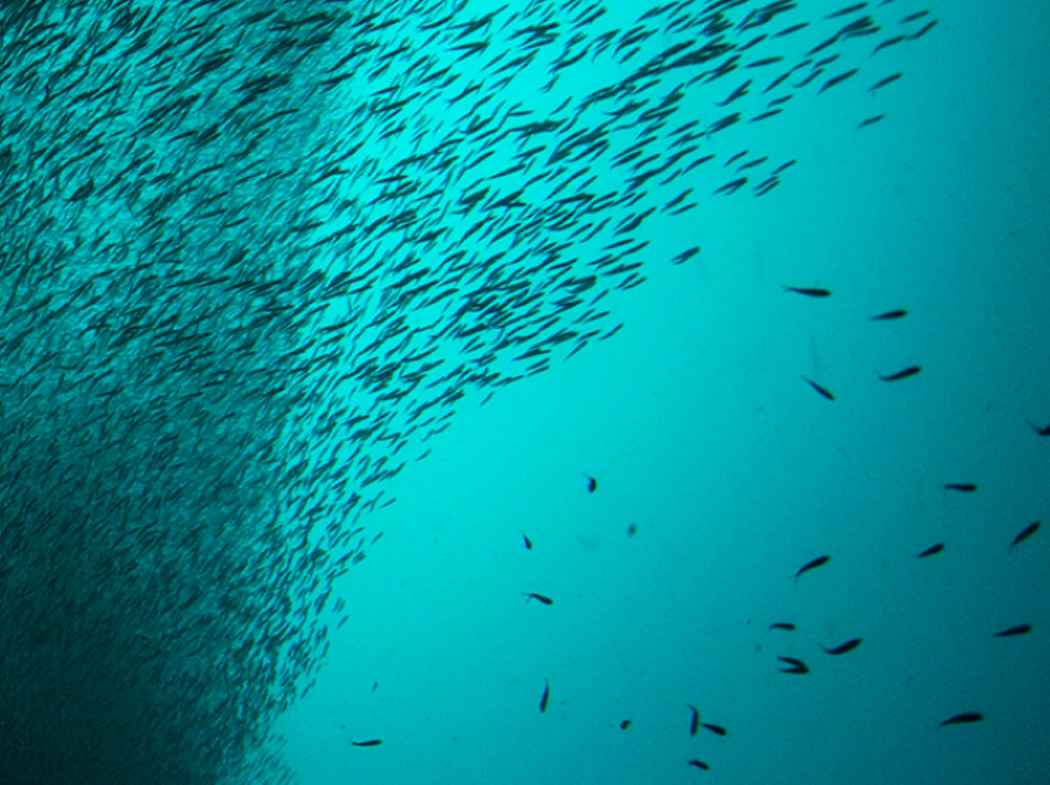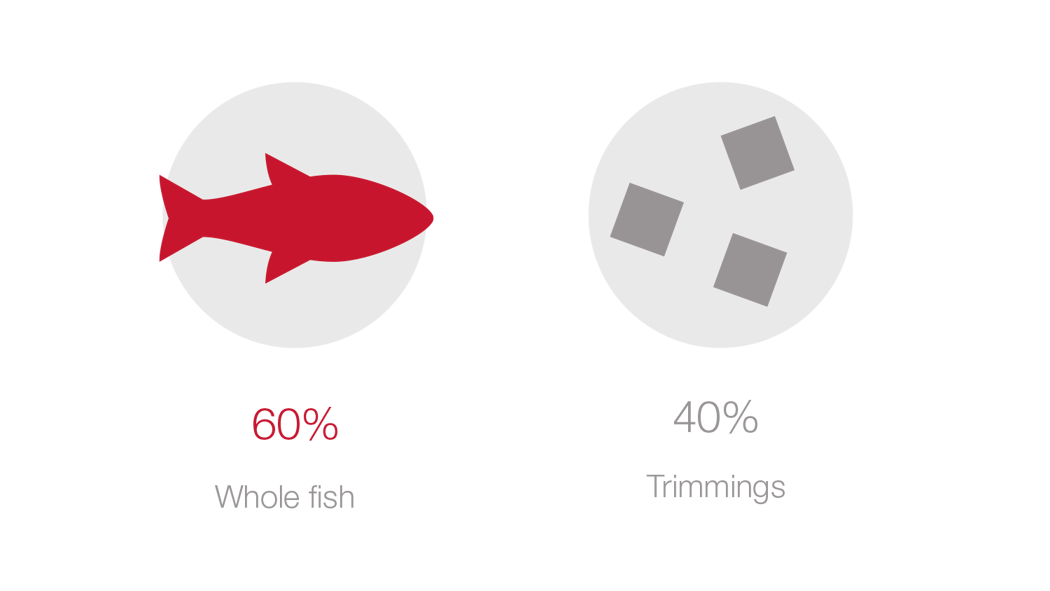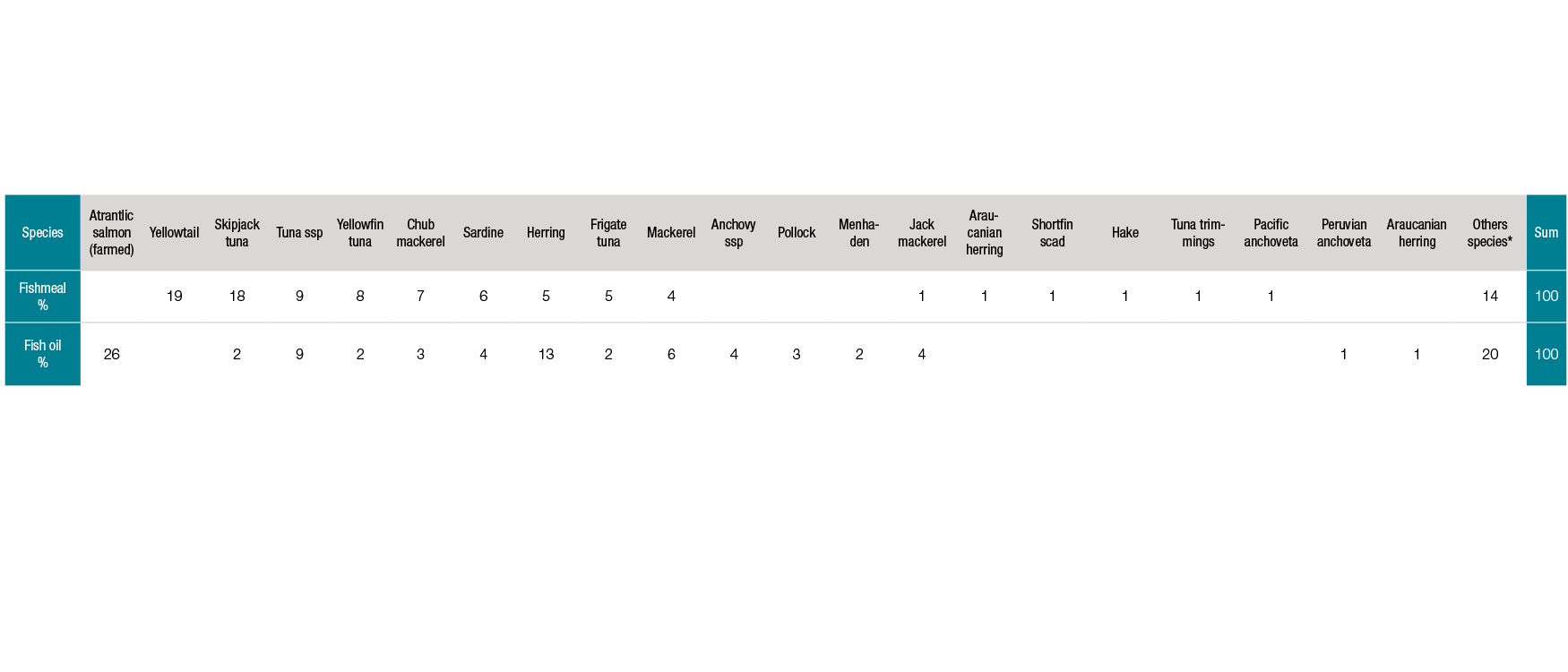
Fisheries of origin
Aquaculture feeds often contain fishmeal and fish oil that have been processed from wild-caught fish. These fisheries are sometimes referred to as ‘reduction fisheries’, where all of the catch is delivered to a factory for processing.
The small pelagic fish species caught for this purpose are commonly known as ‘forage fish’, and are often small, short-lived species like sardine, anchovy and herring that occupy a low trophic level in the marine ecosystem. Due to their specific population biology and dynamics, these species are frequently resilient to fishing pressure if catch is well managed, but overfishing is always a possibility without effective controls.









